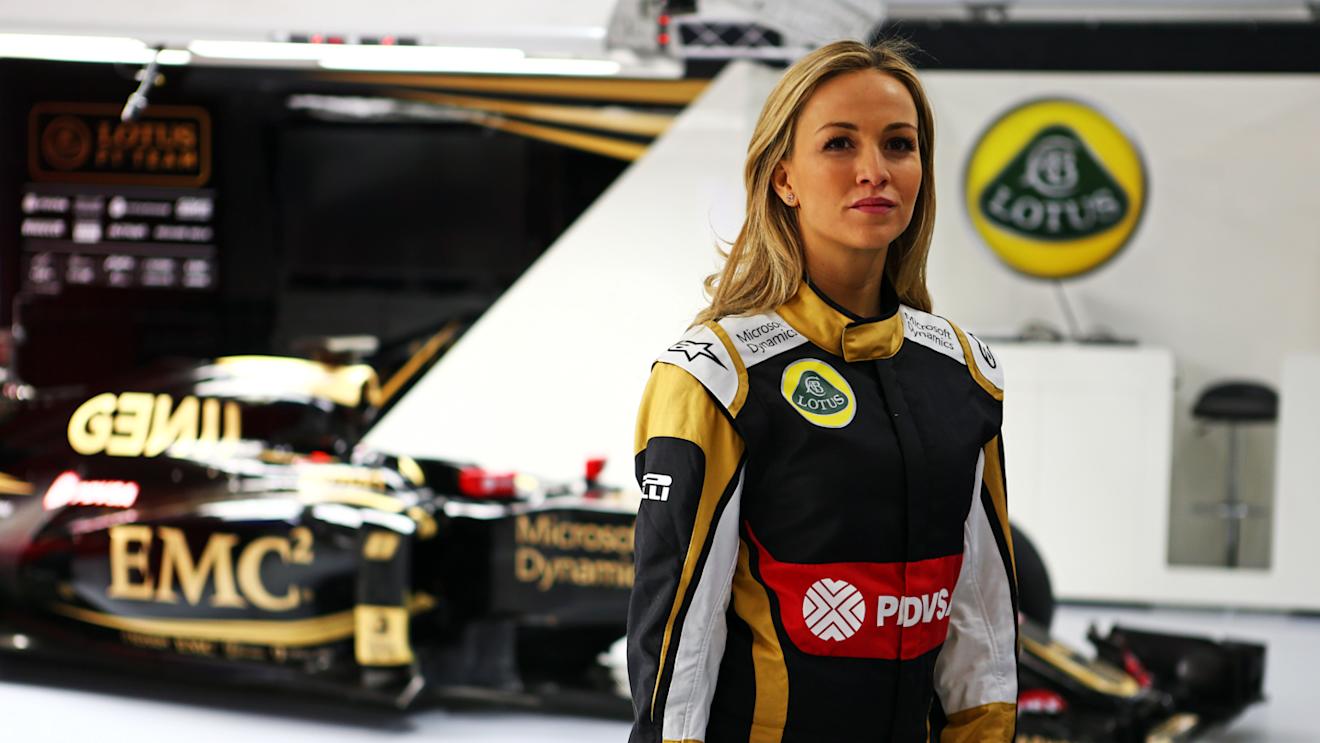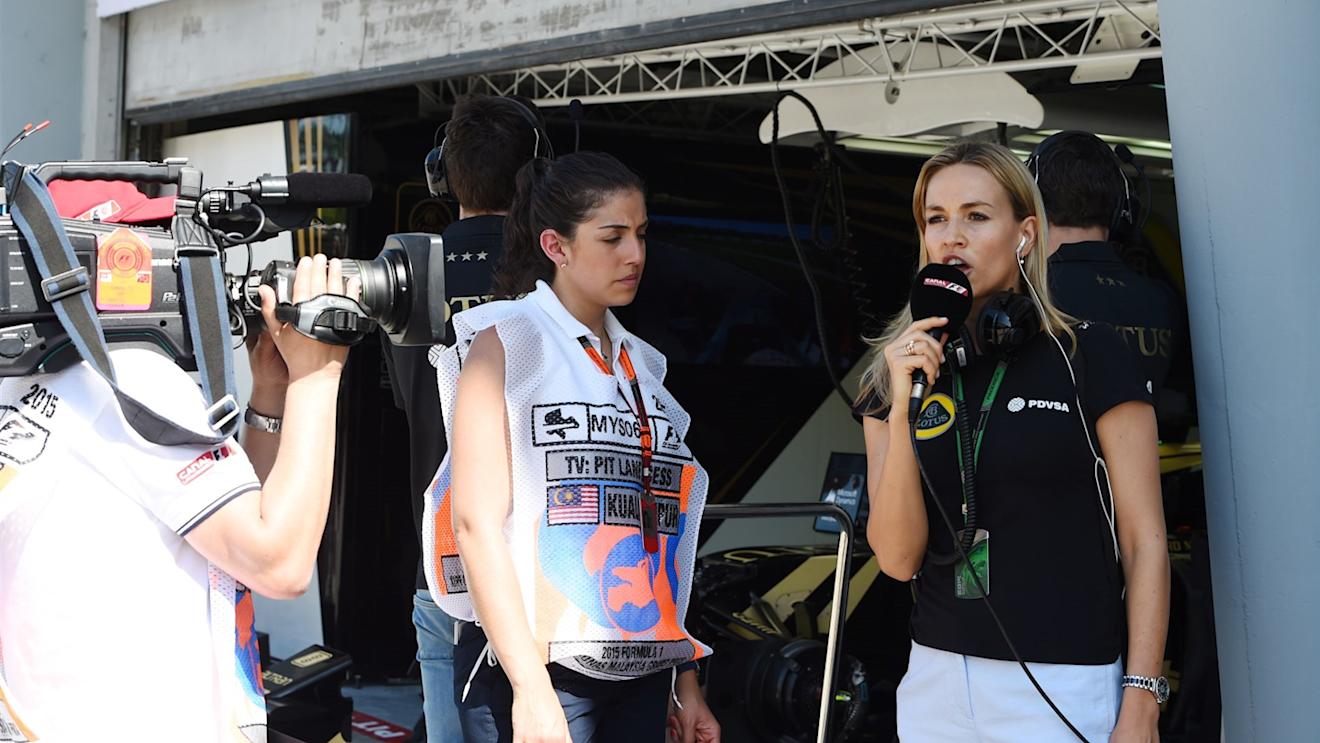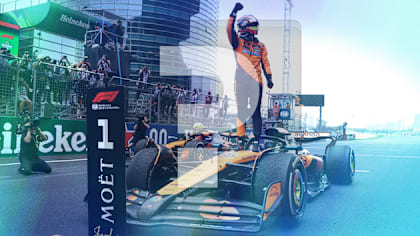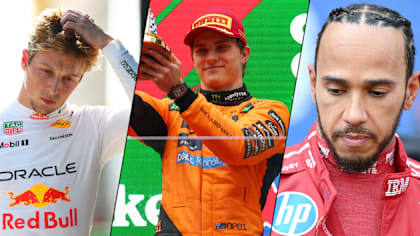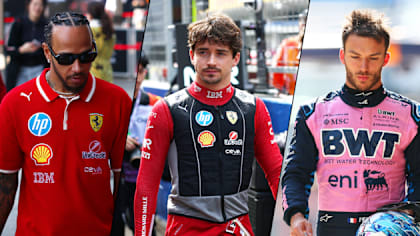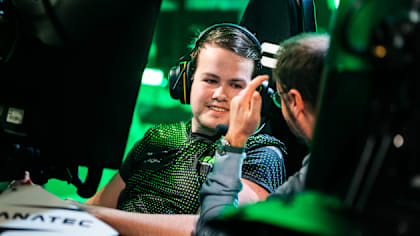Carmen Jorda became the second female driver in recent years to earn a role with an F1 team when she inked a development deal with Lotus on the eve of the 2015 season. But while she draws inspiration from the example set by Williams’ Susie Wolff, she is determined to cut out her own path in the sport, regardless of the obstacles that might stand in her way...
Q: Carmen, you managed to seal a development driver role in Formula One with Lotus. Can you tell us about the road that got you here? When was the idea born?
Carmen Jorda: The idea was born a long time ago, when I was racing in GP3. I think women should be in motorsport and when I saw that Susie (Wolff) made it into F1 three years ago - two years as a development driver and one year as test driver with Williams - I thought that if she can do it I can do it. I looked at two teams...
Q: What was the other team?
CJ: Another one. But the deal came with Lotus. This was a really good option. I have a lot of confidence in how they are supporting me, so I am really happy!
1 / 2
Q: Did it help that with Susie had already established herself within the paddock?
CJ: I am from a bit younger a generation than she is, so I watched her career all the time. And when she made it the thought of course immediately popped up: if there can be one, then why not two!
Q: Do you think it is difficult for women to break into F1? If so, why?
CJ: Well, I think society has changed a lot in the last few decades. You see women in better jobs, managing to have careers of their own in areas that were deemed male for a long time. Nowadays you see women competing in their own championships in most sports: football, tennis, skiing - you name it - and in none of these championships are men and women competing against each other. So the question is: why not have a F1 world championship for women?
Q: Formula One is celebrating 65 years of competition this year, but in all that time only one female driver - Lella Lombardi 40 years ago - has scored points, or half points to be exact. How do you rate your chances of topping that result?
CJ: I don’t know about Susie’s position, but in mine we want to go step by step. We are planning the season around testing the E23 Hybrid for the first time - and for that I have to get ready. It will need a lot of simulator work. Don’t forget, it’s my first year in Formula One. Then let’s see what happens next year or the year after.
Q: Where does F1 racing differ from the other series you’ve participated in? And in what areas do you need to keep working in order to be ready?
CJ: GP3 is quite a high-level championship, and there I was the only female. And in GP3 the challenges are quite different from F1. For example a GP3 car has no power steering so you have to work hard with the steering wheel - that is not so in F1. But in F1 you have more downforce so your neck has to work harder; and you have much more G-force, so you have to train differently to be physically ready. That will be my passion for the next time. I am going through a tough physical programme!
Q: What will the next few months involve for you?
CJ: Right now it is about spending time in Enstone - that is where I improve most - and being at the races where I take part in the team meetings, the strategy meetings, to get a better understanding.
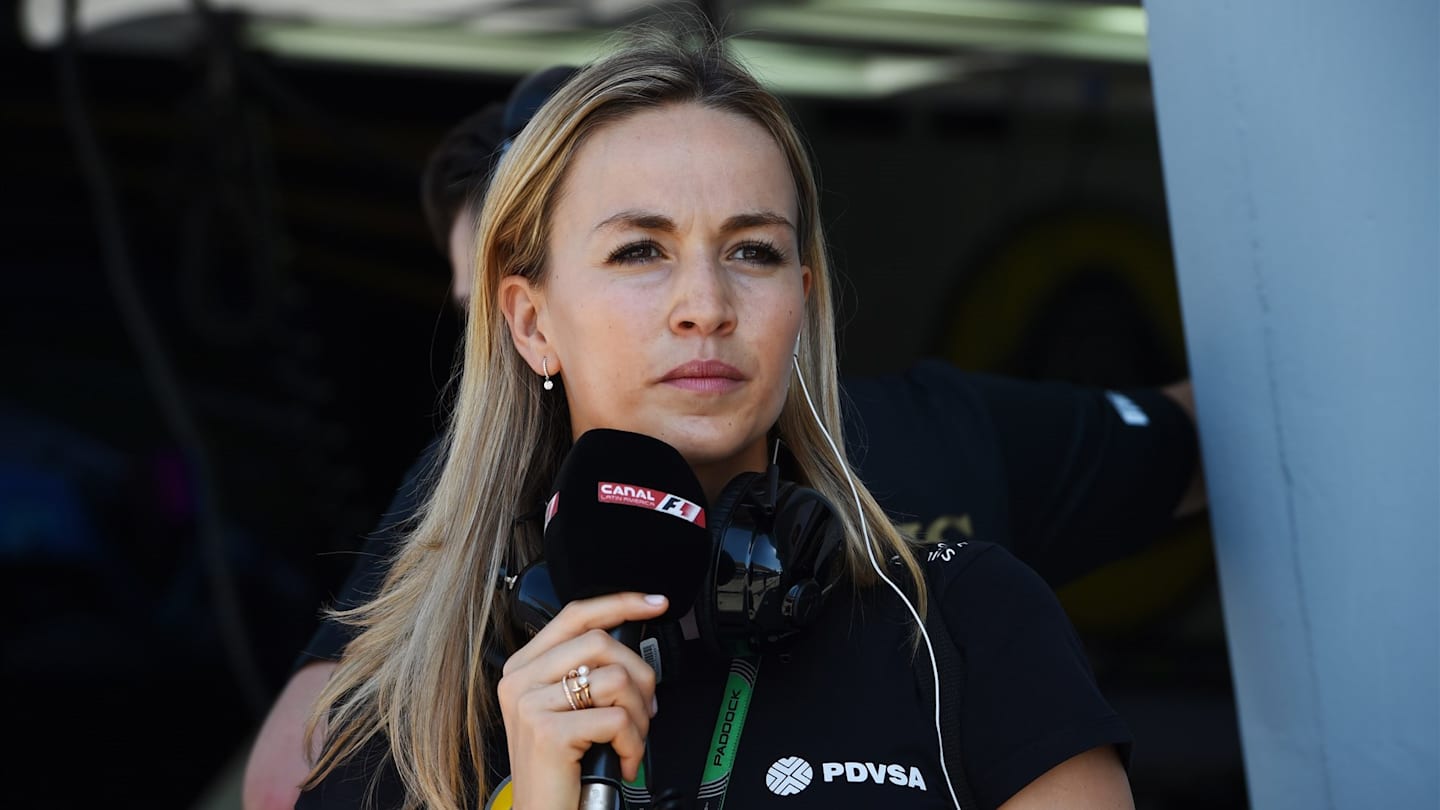
Carmen Jorda (ESP) Lotus F1 Development Driver at Formula One World Championship, Rd2, Malaysian Grand Prix, Practice, Sepang, Malaysia, Friday 27 March 2015.
With Lotus we now go step by step - I am in no hurry
Carmen Jorda
Q: What is the toughest part of breaking into F1? Is it the technical part or simply the physical demands?
CJ: For me the technical part is just a question of learn it, train it and then finally prove it. And the physical programme is getting easier the more you exercise. Once the muscles build up, it isn’t quite as hard.
Q: How much physical training are you doing right now?
CJ: I train two times a day - probably two hours in the morning and the same in the afternoon.
Q: Is your dream of being in F1 worth that hardship? Because in the end there is no guarantee that you will ever race…
CJ: Of course it is. There is not a single second of doubt in my mind!
Q: Lately there has been a trend to promote drivers while they are very young - like Max Verstappen, who is some nine years younger than you. How much is there an age factor - aside from the gender factor - when a woman finally gets close to an F1 cockpit? Men hardly break into F1 older than 23…
CJ: The truth is that there is no ‘route’ for a woman to break into F1. There are so many barriers, and you have to overcome them all. Men do have routes into F1, so it is easier for them to make it in at a younger age.
Q: What was the highest barrier, the biggest handicap, in your racing career so far?
CJ: When I was very young - I had only started racing in go-karts - I had a podium finish and the guy who ended in P3 started to cry. When they asked him why, he said it was because a girl beat him. That’s the reaction of men everywhere in racing - they try to push you down!
Q: Having a woman in a cockpit creates a lot of hype, so sponsors should be loving it. Why aren’t they coming forward and demanding teams take on female drivers?
CJ: Because they all dream of winning, and they believe that a woman cannot win in F1. That’s why I think a female F1 championship would be the right answer. And there are prominent supporters to that idea, as we have seen lately!
Q: What is your timeline to an F1 career - either in the male championship or a newly created female championship?
CJ: As I said before with Lotus we now go step by step. It is my first year and I am only 26 so I am in no hurry. Should the female championship happen, that would be fantastic!
